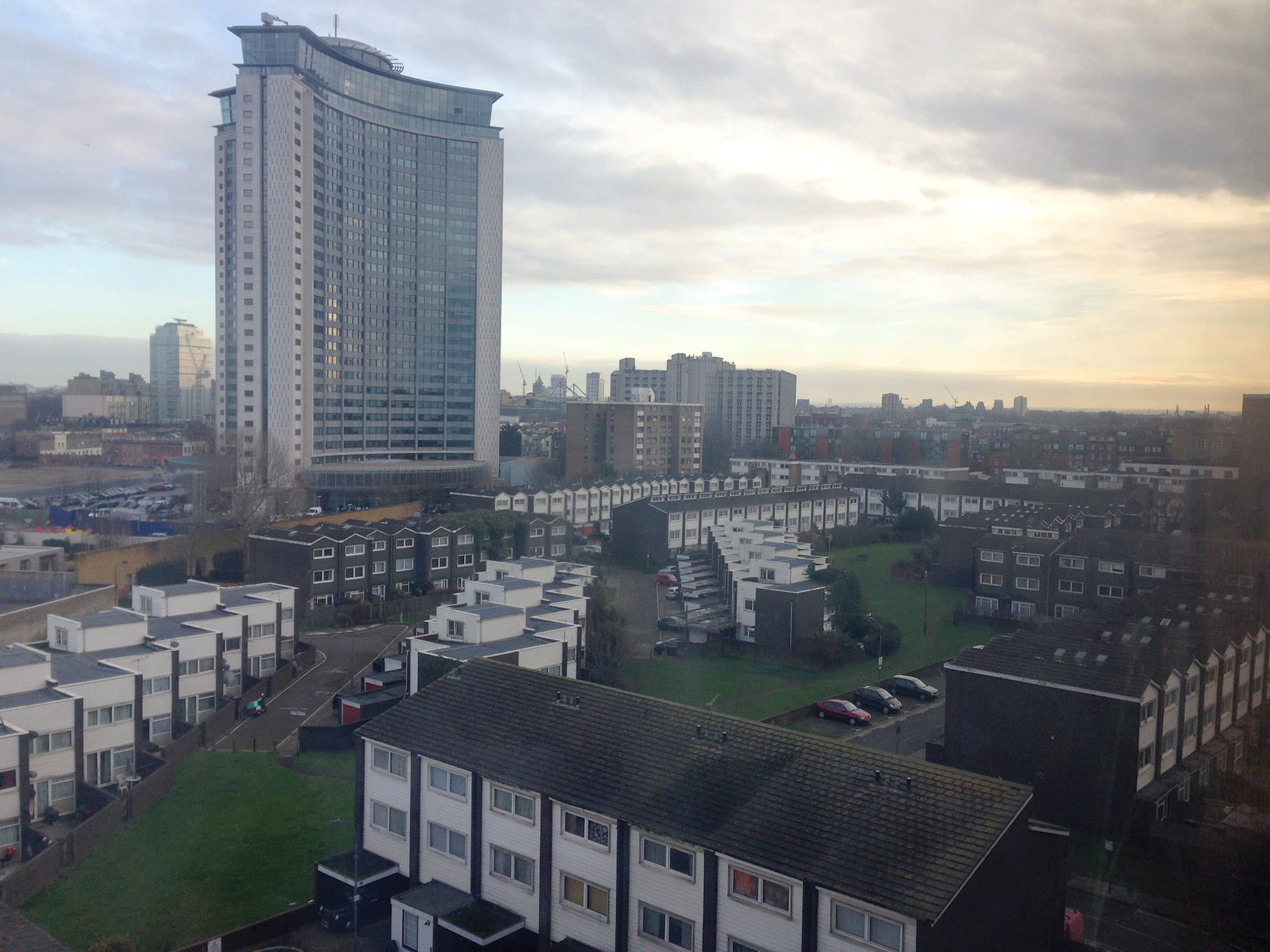Toolkit
Gaining residents’ control
There are a range of ways in which residents can take some control when faced with processes of regeneration, demolition and potential displacement. Consultation is often guided by pre-established priorities of the local authorities or developers involved. These same local authorities, however, have to abide by formal planning legislation, including the range of Rights, including the Right to Manage and the Right to Transfer, as well as the newer Rights established within the Localism Act 2011. Although some of these tools have not been fully tested, they allow for a range of potential control – from full ownership and management through to control over the creation or involvement in making plans and the processes involved in regeneration. The tools offer residents the means to move from a position of being subjects of plans to a position in which they have more power and agency over the proposed changes and processes that affect their collective lives.
It is useful to frame these Rights within the framework of Arnstein’s ladder of participation. Here we can start to break down what the top rungs of the ladder represent within the category of ‘degrees of citizen power’.[i] Moving upwards, the top three rungs represent partnership, delegated power and citizen control. The Right to Manage can be classified as a delegated power as well as allowing residents to have greater control as citizens over questions of maintenance and management of their homes. The Right to Transfer is situated further up the ladder, a point at which resident control becomes a reality through legal ownership. The ladder frames the ways in which forms of participation can increase resident control over their housing and planning more generally. It provides a valuable visual tool to show both how residents can find ways to move up the ‘rungs’ or to select the right ‘rung’ for their needs; each individual ‘rung’ has its range of tools and strategies which can be used to acquire more control.[ii]
[i] Sherry Phyllis Arnstein. 1969. ‘A Ladder of Citizen Participation’, Journal of the American Planning Association 35(4): 216–224.
[ii] See recent double issue of Built Environment (45.1 and 45.2) entitled ‘Outlooks on Participating: People, Plans & Places’ (Lucy Natarajan. 2019. ‘Outlooks on Participating’, Built Environment 45(1): 5–6) marking 50 years since Arnstein’s eponymous ladder of participation.
Related Posts

Right to Transfer
Some text description about this related link. Some text description here. Some text description about this related link.

Tools for Campaigning
Some text description about this related link. Some text description here. Some text description about this related link.

Right to Transfer
Some text description about this related link. Some text description here. Some text description about this related link.

